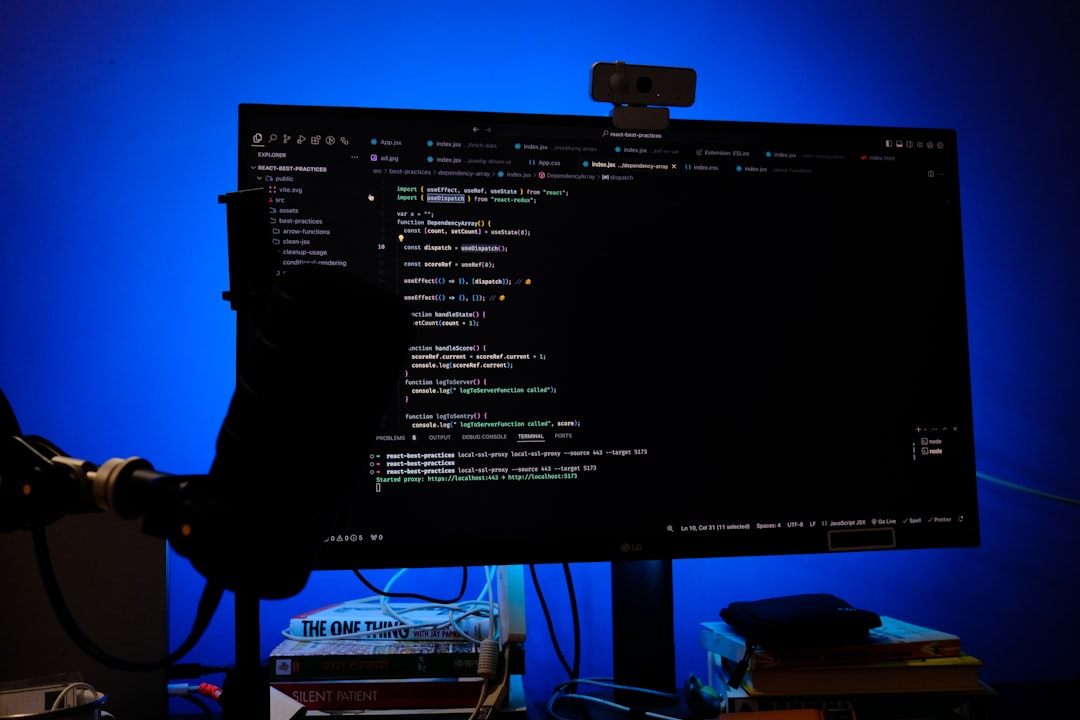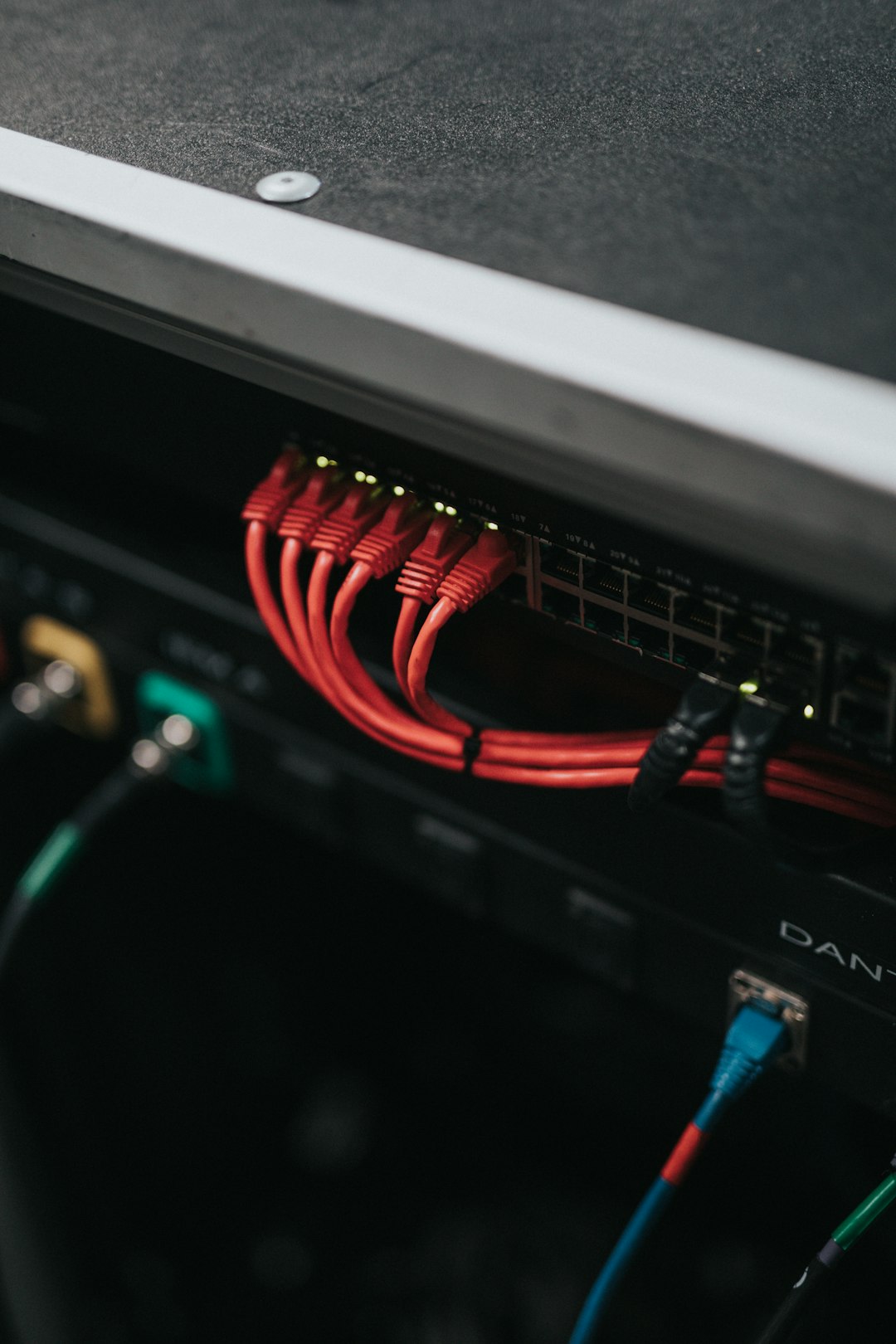Ever tried using a VPN and suddenly got hit with a weird error code? We’ve all been there. One moment you’re safe and secure, then bam! A mysterious number pops up and your connection is gone. Don’t worry — you’re not alone, and it’s not as scary as it looks.
In this article, we’ll break down some common VPN error codes and explain what they actually mean. We won’t get too technical. Promise! Let’s decode the mystery — and do it the fun way.
What Are VPN Error Codes?
When something goes wrong while you’re trying to connect to your VPN, your system throws out an error code. These are like secret messages telling you what the problem is.
Now let’s reveal some of the most common VPN error codes and how you can fix them!
1. Error 800 – VPN Connection Failed
This one is like the “Oops, something went wrong” of VPNs.
- What it means: Your VPN can’t reach the server.
- Why it happens: Maybe the server address is wrong, the internet’s down, or a firewall is blocking access.
- How to fix it: Double-check your VPN address. Make sure you’re online. Check your firewall settings.

2. Error 619 – Connection Terminated
This error is specially fond of showing up after a VPN starts to connect… and then quickly quits.
- What it means: The connection was made but closed immediately.
- Why it happens: There might be software conflicts or multiple VPN apps running.
- How to fix it: Close other VPN apps. Reboot your device. Try disabling your firewall temporarily (just to test).
3. Error 691 – Invalid Username or Password
This one is straightforward. It’s basically your VPN calling you out: “Hey! That’s not the right login!”
- What it means: Your credentials didn’t match.
- Why it happens: Wrong username, password, or authentication issue.
- How to fix it: Double-check spelling. Make sure Caps Lock isn’t on. Contact support if you’re sure your login is right.
4. Error 809 – Network Connection Blocked
This one’s the sneaky type. It pops up when a firewall or router is blocking your VPN.
- What it means: Your VPN tunnel can’t even be built.
- Why it happens: Ports are blocked or network issues on your end.
- How to fix it: Enable ports for VPN in your router. Disable any security tools that might interfere.

5. Error 720 – No PPP Control Protocols
This one sounds super geeky. But we’ve got your back.
- What it means: Your system can’t agree with the VPN server on protocol settings.
- Why it happens: Wrong or missing network settings on your PC.
- How to fix it: Update your network drivers. Recreate your dial-up/VPN connections.
6. Error 13801 – Certificate Problem
This one trusts nobody. Not even your PC.
- What it means: Your system doesn’t like the VPN’s certificate.
- Why it happens: Expired, invalid, or missing certificates.
- How to fix it: Check your certificate. Make sure it’s installed and valid. Contact your VPN provider if you’re unsure.
Tips to Keep VPN Errors Away
Here are some golden rules to keep things running smooth:
- Keep your software updated.
- Restart your modem/router between issues.
- Try a different VPN server or protocol.
- Don’t run multiple VPNs at once.
- Ask for help! VPN support exists for a reason.
When in Doubt…
It’s okay to feel confused by codes and pop-ups. That’s normal. The key is not to panic. Most errors have simple fixes. Sometimes they just mean you need to give your computer a quick nap (aka a restart!).
Still stuck? Then it’s time to call in the pros — your VPN customer support will usually guide you through the process.

So the next time your VPN throws a code your way, you’ll smile like a digital ninja and know exactly what to do. You got this!
